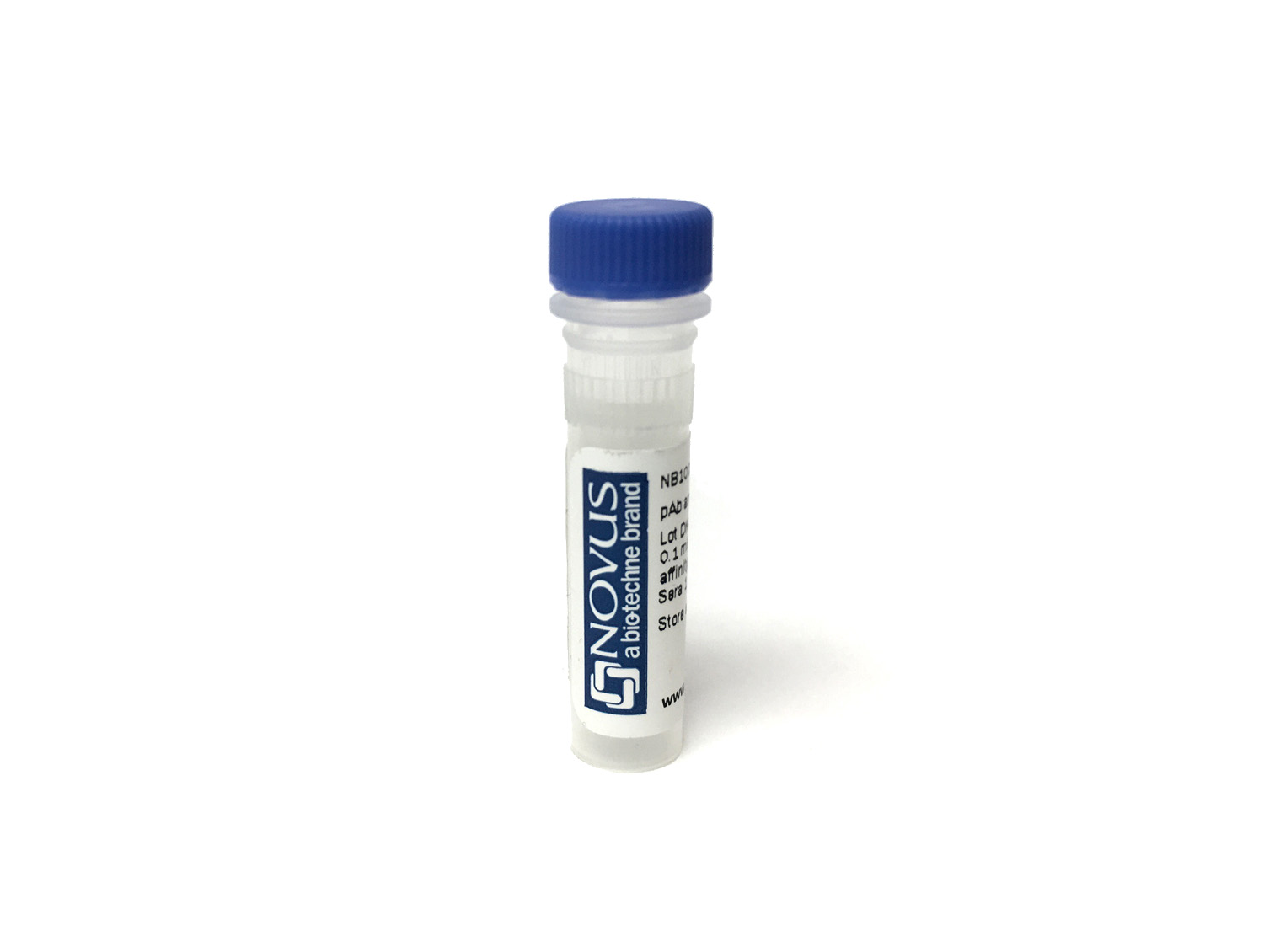PAM Products
PAM (Peptidyl-Gly alpha-amidating monooxygenase) is a dual-function, 95-110 kDa protein that belongs to both the lyase and monooxygenase enzyme families. It is expressed in a variety of endocrine and exocrine glands and catalyzes the conversion of C-terminal Gly into amidated residues. Human ProPAM is a 953 amino acid (aa) type I transmembrane glycoprotein. It contains an 833 aa extracellular domain (ECD) (aa 31-863) and an 86 aa cytoplasmic tail. The ECD shows one PHM/monooxygenase region (aa 40-347) and a PAL/lyase domain (aa 495-817). Both regions are enzymatically active. Alternative splicing may generate a soluble form (aa 31-828), and remove aa 388-494 that link the two embedded enzyme segments. Over aa 21-817, human PAM is 91% aa identical to mouse PAM.
Products:
40 results for "PAM" in Products
40 results for "PAM" in Products
PAM Products
PAM (Peptidyl-Gly alpha-amidating monooxygenase) is a dual-function, 95-110 kDa protein that belongs to both the lyase and monooxygenase enzyme families. It is expressed in a variety of endocrine and exocrine glands and catalyzes the conversion of C-terminal Gly into amidated residues. Human ProPAM is a 953 amino acid (aa) type I transmembrane glycoprotein. It contains an 833 aa extracellular domain (ECD) (aa 31-863) and an 86 aa cytoplasmic tail. The ECD shows one PHM/monooxygenase region (aa 40-347) and a PAL/lyase domain (aa 495-817). Both regions are enzymatically active. Alternative splicing may generate a soluble form (aa 31-828), and remove aa 388-494 that link the two embedded enzyme segments. Over aa 21-817, human PAM is 91% aa identical to mouse PAM.
Products:
| Source: | NS0 |
| Accession #: | P19021 |
| Applications: | EnzAct |
| Reactivity: | Human |
| Details: | Goat IgG Polyclonal |
| Applications: | WB |
| Reactivity: | Human |
| Details: | Rabbit IgG Polyclonal |
| Applications: | IHC, WB, ICC/IF |
| Reactivity: | Human |
| Details: | Goat IgG Polyclonal |
| Applications: | WB |
| Reactivity: | Human |
| Details: | Goat IgG Polyclonal |
| Applications: | WB |
| Reactivity: | Human |
| Details: | Goat IgG Polyclonal |
| Applications: | WB |
| Reactivity: | Human |
| Details: | Goat IgG Polyclonal |
| Applications: | WB |
| Reactivity: | Human |
| Details: | Goat IgG Polyclonal |
| Applications: | WB |
| Reactivity: | Human |
| Details: | Goat IgG Polyclonal |
| Applications: | WB |
| Reactivity: | Human |
| Details: | Goat IgG Polyclonal |
| Applications: | WB |
| Reactivity: | Human |
| Details: | Goat IgG Polyclonal |
| Applications: | WB |
| Applications: | ELISA |
| Reactivity: | Human |
| Details: | Rabbit Polyclonal |
| Applications: | WB |
| Applications: | WB |
| Reactivity: | Mouse |
| Details: | Rabbit IgG Polyclonal |
| Applications: | WB |
| Applications: | AC |
| Applications: | ELISA |
| Applications: | WB |
| Reactivity: | Human |
| Details: | Goat IgG Polyclonal |
| Applications: | IHC, WB |
| Reactivity: | Human |
| Details: | Goat IgG Polyclonal |
| Applications: | IHC, WB |
| Reactivity: | Human |
| Details: | Goat IgG Polyclonal |
| Applications: | IHC, WB |
| Reactivity: | Human |
| Details: | Goat IgG Polyclonal |
| Applications: | IHC, WB |
| Reactivity: | Human |
| Details: | Goat IgG Polyclonal |
| Applications: | IHC, WB |
| Reactivity: | Human |
| Details: | Goat IgG Polyclonal |
| Applications: | IHC, WB |
| Reactivity: | Human |
| Details: | Goat IgG Polyclonal |
| Applications: | IHC, WB |



![Immunohistochemistry-Paraffin: Peptidylglycine alpha-Amidating Monooxygenase/PAM Antibody [NBP2-34075] - Peptidylglycine alpha-Amidating Monooxygenase/PAM Antibody](https://resources.bio-techne.com/images/products/antibody/nbp2-34075_rabbit-polyclonal-peptidylglycine-alpha-amidating-monooxygenase-pam-antibody-immunohistochemistry-paraffin-43202495833..jpg)
![ELISA: Human Peptidylglycine alpha-Amidating Monooxygenase/PAM - Ready-To-Use ELISA Kit (Colorimetric) [NBP3-39289] Human Peptidylglycine alpha-Amidating Monooxygenase/PAM - Ready-To-Use ELISA Kit (Colorimetric)](https://resources.bio-techne.com/images/products/nbp3-39289_human-peptidylglycine-a-amidating-monooxygenase-rtu-elisa-2110202415264377.png)
![Western Blot: Peptidylglycine alpha-Amidating Monooxygenase/PAM Antibody [NBP2-88035] Western Blot: Peptidylglycine alpha-Amidating Monooxygenase/PAM Antibody [NBP2-88035]](https://resources.bio-techne.com/images/products/Peptidylglycine-alpha-Amidating-Monooxygenase-PAM-Antibody-Western-Blot-NBP2-88035-img0001.jpg)
![Western Blot: Peptidylglycine alpha-Amidating Monooxygenase/PAM Overexpression Lysate [NBP2-08993] Western Blot: Peptidylglycine alpha-Amidating Monooxygenase/PAM Overexpression Lysate [NBP2-08993]](https://resources.bio-techne.com/images/products/PAM-Overexpression-Lysate-Adult-Normal-Western-Blot-NBP2-08993-img0001.jpg)

![ELISA: Human Peptidylglycine alpha-Amidating Monooxygenase/PAM ELISA Kit (Colorimetric) [NBP3-39288] Human Peptidylglycine alpha-Amidating Monooxygenase/PAM ELISA Kit (Colorimetric)](https://resources.bio-techne.com/images/products/nbp3-39288_human-peptidylglycine-alpha-amidating-monooxygenase-elisa-211020241529180.png)
![Western Blot: Peptidylglycine alpha-Amidating Monooxygenase/PAM Overexpression Lysate [NBP2-05619] Western Blot: Peptidylglycine alpha-Amidating Monooxygenase/PAM Overexpression Lysate [NBP2-05619]](https://resources.bio-techne.com/images/products/PAM-Overexpression-Lysate-Adult-Normal-Western-Blot-NBP2-05619-img0001.jpg)
![Product Feature: CoraFluor Probes for TR-FRET Peptidylglycine alpha-Amidating Monooxygenase/PAM Antibody [CoraFluor™ 1]](https://resources.bio-techne.com/images/products/af4837cl1_gt-pam-pab-corafluor-1-10920251246475.png)